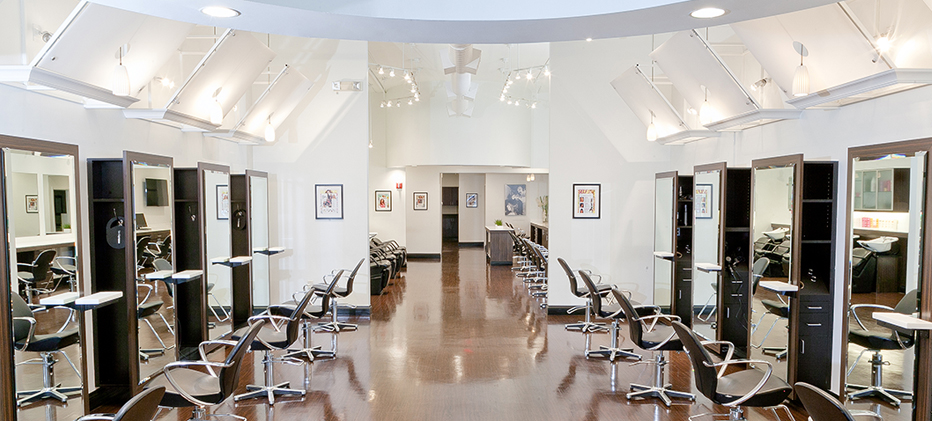Salon Equipment — Present Needs With Future In Mind

When deliberating the possibility of starting and furnishing a salon, one hopes to have enough experience to realize the needs of such an endeavor. Working in a salon every day naturally illustrates what works and, more importantly, what doesn’t work with relation to salon design, equipment, products and set up. There is no substitute for research when it comes to making wise practical and financial decisions.
First, it’s absolutely imperative to have a clear picture of the salon’s overall “feel” or impression. Extremely successful enterprises can have many different styles and motifs. Contemporary, industrial, traditional — the list goes on. A salon may make one person feel comfortable while others may walk in and feel out of place. An interior designer can be a valuable resource to manifest the design ideas floating in your head into your space.

Once the design strategy is clear, buying the capital investment pieces is the next step. Styling stations, massage and/or facial areas, reception area, dispensary, restroom and break rooms require furnishings. Visiting as many “brick and mortar” as well as online equipment purveyors will arm the salon owner with a solid base of knowledge to protect against price gouging and false “sales.” Considering the future possibility of a second, third location may also dictate choosing equipment that can be moved, spread, or duplicated into another space as well.
The dispensary is an area that is off-limits to the clientele, but so important to those who work in the salon. Design aesthetics may not be important, but the workability and organization of the dispensary makes not only task-sense, but financial sense as well. For example, if partially used haircolor tubes are tossed indiscriminately about, they will eventually be discarded or expire unnoticed. This is a real financial loss, just as is theft (“inventory shrinkage”). Wet products, towels, implements should be kept in neat useable order. This savings may seem trivial, but has an immense effect on the bottom line over time.
Talking to equipment and supply companies, either in person or electronically, will offer ideas not previously considered. Many of these outlets are forthcoming with lists of quantities and equipment (per stylist) that is typically required to get the salon doors open. The opportunities to pick their brains, acquire lists and compare them, are all helpful to flesh out the picture of how the salon is filled AND how much it will cost to open the doors. These are also figures that should be gathered and condensed if a loan is required. Lending institutions need to know the applicant has a good sense of their risks.
